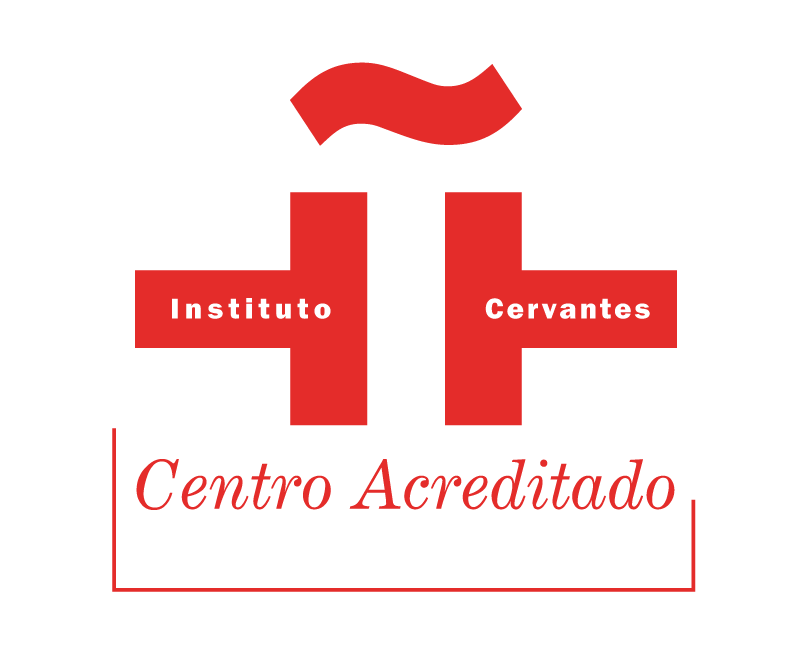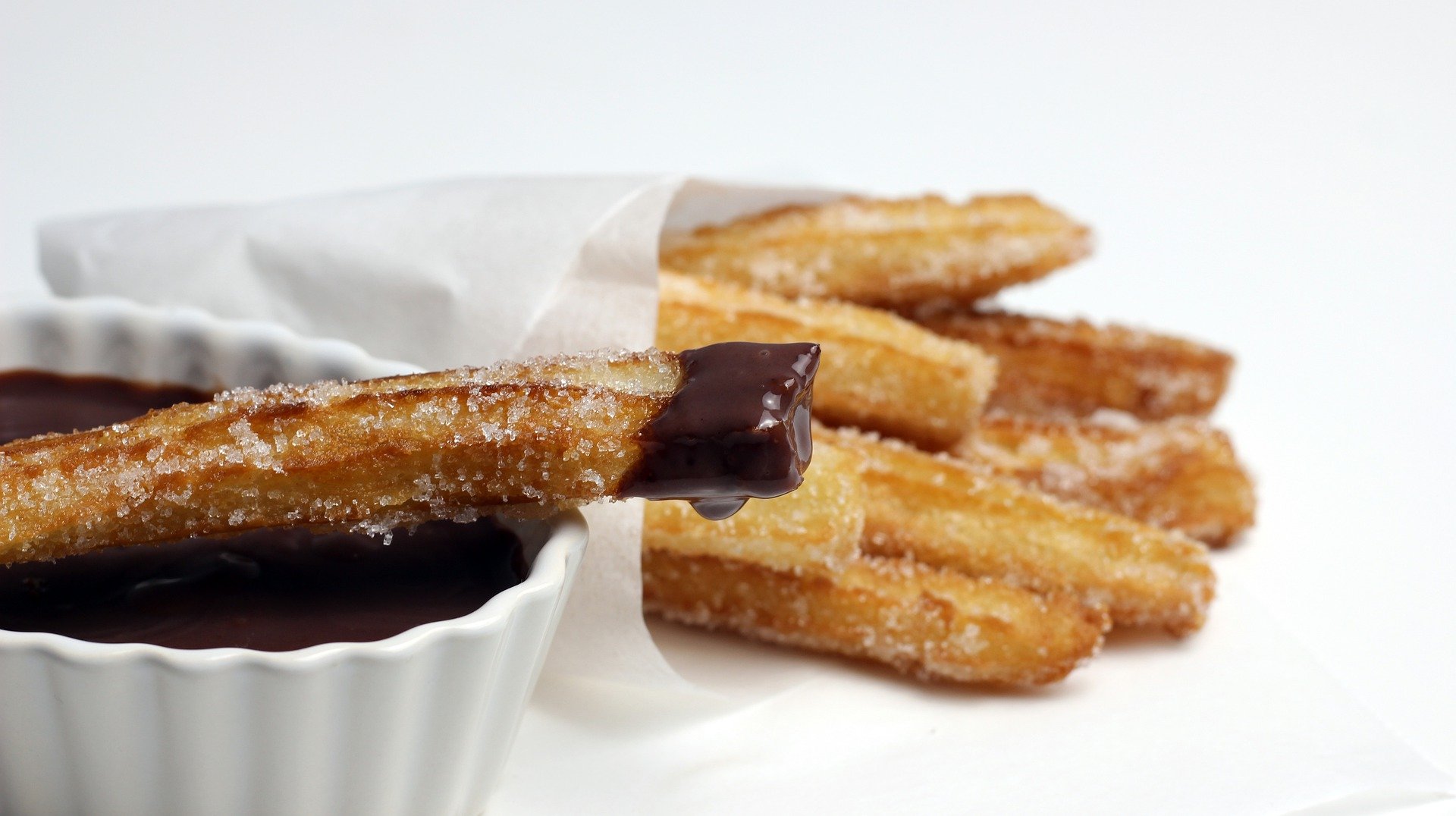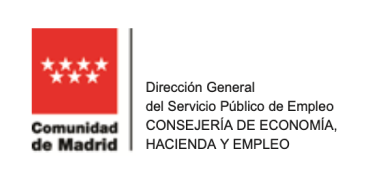Have you ever wondered why some Spanish words seem long, yet perfectly understandable? Many Spanish speakers often think their language’s words are shorter compared to those in other languages. In reality, if a word stretches beyond three syllables, it’s often seen as a sign of sophistication or specialization. But this isn’t always the case. One of the clearest examples of this misconception lies in compound words—terms that combine multiple meanings to create a single concept.
What are compound words in Spanish?
Compound words in Spanish are surprisingly common, especially for everyday objects. These words are typically formed by combining a verb in the third person present indicative with a plural noun. It may sound complicated, but it’s actually a fun and natural way the language works. Let’s take a look at a few examples.
Paraguas (Umbrella)
This word is made up of the verb parar (to stop) and the noun aguas (waters). So, an umbrella is literally a device that “stops water”—simple yet effective!
Sacacorchos (Corkscrew)
Here, sacar (to pull out) is combined with corchos (corks), creating the name for the tool used to remove corks from bottles.
Matamoscas (Flyswatter)
This one combines matar (to kill) with moscas (flies), resulting in a word that perfectly describes what the tool does.
A creative solution for forgetfulness
One of the most interesting aspects of Spanish compound words is how speakers use them when they can’t remember a specific term. Instead of pausing or stumbling over words, they simply invent new ones using the formula: verb + noun. For instance, if you can’t recall the word for tweezers, you can say quitapelos (hair remover), and Spanish speakers will instantly understand what you mean.
This inventive flexibility makes Spanish a dynamic language, allowing for easy communication even when vocabulary fails you.
More common examples
- Abrebotellas (Bottle opener): Abrir (to open) + botellas (bottles)
- Tocadiscos (Record player): Tocar (to play) + discos (records)
But compound words aren’t just for naming objects. They’re also often used in colorful, colloquial insults or expressions:
- Aguafiestas (Party pooper): Aguar (to water down/ruin) + fiestas (parties)
- Cantamañanas (Scatterbrain): Cantar (to sing) + mañanas (mornings)
- Lameculos (Ass-kisser): Lamer (to lick) + culos (butts)
Practice makes perfect
If you’re learning Spanish or want to dive deeper into the world of compound words, why not try forming some of your own? It’s a fun way to expand your vocabulary and sound more like a native speaker. And if you need help, we’re here for you!
Come join one of our classes to practice and learn more about Spanish. Take our free level test to find the perfect starting point. We’re excited to help you on your language journey—see you in class!












